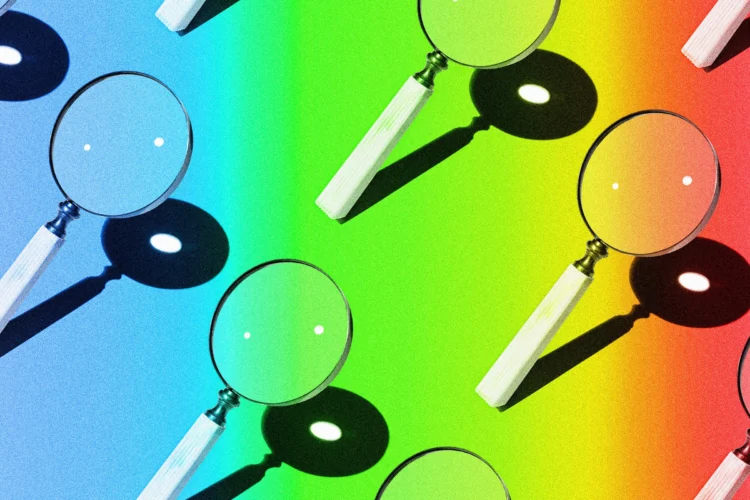Graphcore AI: A Powerful Competitor to Nvidia

In the rapidly evolving field of artificial intelligence (AI), two companies have emerged as major players: Graphcore and Nvidia. Both are renowned for their cutting-edge technologies and innovative solutions that power AI applications. While Nvidia has long been considered the industry leader, Graphcore is quickly gaining ground with its unique approach to AI hardware and software. In this article, we will explore the strengths and weaknesses of both companies, and delve into why Graphcore’s AI technology is becoming a formidable competitor to Nvidia.
Graphcore’s Innovative
ApproachGraphcore’s claim to fame lies in its novel approach to AI hardware. Unlike traditional GPUs, which are commonly used for AI computations, Graphcore has developed a specialized chip called the Intelligence Processing Unit (IPU). The IPU is purpose-built for AI workloads, offering unparalleled performance and efficiency. By focusing solely on AI tasks, Graphcore has managed to optimize its hardware architecture, resulting in significant speed and power improvements over traditional GPUs.
Furthermore, Graphcore’s software stack, known as Poplar, complements its hardware by providing developers with a user-friendly platform for building and deploying AI models. Poplar offers a comprehensive set of tools and libraries that enable efficient development and scaling of AI applications. This seamless integration between hardware and software gives Graphcore a competitive edge, as it provides a unified solution that simplifies the AI development process.
Nvidia’s Dominance in the AI Market
Nvidia, on the other hand, has long been the go-to choice for AI researchers and developers. Its Graphics Processing Units (GPUs) have become synonymous with AI computation due to their exceptional parallel processing capabilities. Nvidia’s GPUs have been widely adopted in both research and industry, powering a multitude of AI applications across various domains.
Moreover, Nvidia has invested heavily in developing software frameworks such as CUDA and cuDNN, which have become industry standards for AI development. These frameworks provide developers with powerful tools and libraries that enable efficient GPU programming and accelerate the training and inference of AI models. Nvidia’s extensive ecosystem and strong developer community have further solidified its position as the market leader in AI hardware and software.
Graphcore’s Advantages over Nvidia
While Nvidia has undoubtedly dominated the AI market, Graphcore brings several advantages that make it a worthy competitor. Firstly, Graphcore’s IPU architecture is specifically designed for AI workloads, allowing it to outperform GPUs in certain scenarios. The IPU’s unique design enables highly parallelized computations, reducing the time required for training and inference tasks. Additionally, the IPU’s massive memory bandwidth ensures efficient data transfer, further enhancing performance.
Furthermore, Graphcore’s Poplar software stack provides a seamless development experience. Its intuitive interface and comprehensive toolset enable developers to focus on building AI models rather than dealing with complex hardware configurations. Poplar also offers support for popular AI frameworks such as TensorFlow and PyTorch, ensuring compatibility with existing workflows. This ease of use and compatibility make Graphcore an attractive choice for developers looking to streamline their AI development process.
Nvidia’s Resilience and Future Prospects
Despite Graphcore’s advancements, Nvidia’s dominance in the AI market cannot be overlooked. The company’s extensive ecosystem, strong developer community, and established partnerships give it a significant advantage over its competitors. Nvidia’s GPUs continue to evolve, with each new generation delivering improved performance and efficiency. Moreover, Nvidia has been actively investing in research and development to further enhance its AI capabilities.
Nvidia’s recent acquisition of Arm, a leading semiconductor IP company, also positions it for future growth. This acquisition opens up new opportunities for Nvidia to expand its reach in the AI market by integrating Arm’s technology into its product portfolio. By combining their respective strengths, Nvidia and Arm have the potential to create a formidable force in the AI industry.
In conclusion, Graphcore’s AI technology is emerging as a powerful competitor to Nvidia. With its purpose-built IPU hardware and user-friendly Poplar software stack, Graphcore offers a compelling alternative to Nvidia’s GPUs. While Nvidia maintains its dominance in the AI market, Graphcore’s unique approach and innovative solutions make it a force to be reckoned with. As the field of AI continues to evolve, both companies are likely to push the boundaries of what is possible, driving innovation and shaping the future of artificial intelligence.
